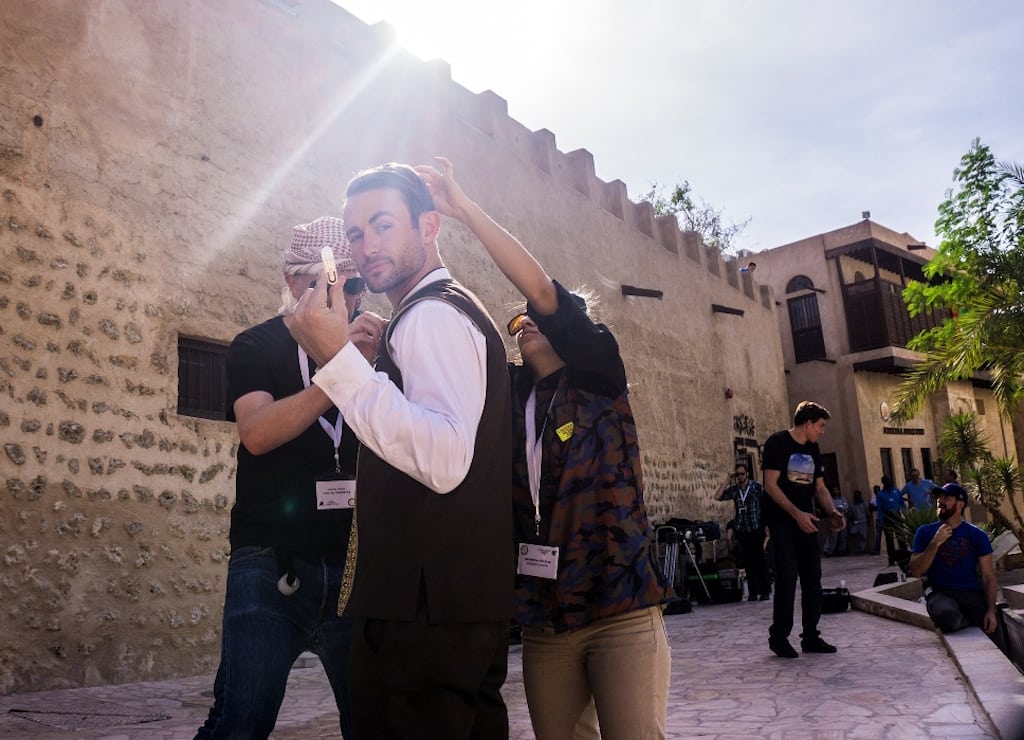YouTube Travel Videos Still Drive Inspiration for Trip-Planning Tourists

Skift Take
Everyone has been talking about video this year and mostly regarding newer platforms and products such as Snapchat, Instagram Stories, and Facebook Live, for example. But YouTube still dominates content marketing and gives brands a chance to tell stories in a more natural way rather than streaming or bite-sized video on other platforms.
Take any content marketing campaign for a travel brand and chances are it was created for YouTube or at least hosted on the platform. There's a good reason for that, given some 100 million unique visits of the billions of YouTube visits each month are travelers.
Travel videos are some of the most viewed on YouTube, said Rob Torres, Google's industry director for travel, and the number of unique visits YouTube gets for travel related videos continues to increase.
Think longer-form videos from the past year such as Holland Marketing Alliance's "Holland: The Original Cool" or Marriott's "Two Bellman Two" 19-minute short film, the latter receiving nearly eight million views. But there's also the shorter, snappier clips such as Booking.com's "Jordan & Chelsea's Booking.com Wedding" and Disney Parks' "Star Wars Awakens Walt Disney World" with millions of views each.
Torres said video is increasingly ubiquitous with travel. "It's very rare now that you would see someone not go view a video when they're thinking about traveling," said Torres. "Maybe take out the business traveler, per se, but anyone else on leisure travel most likely is turning to video at some point in that process."
Mobile helps to grow this consumer behavior -- more YouTube videos are watched on mobile devices than desktop and the average YouTube viewing session on mobile is more than 40 minutes. "Arguably, in the travel sector, brands are just getting on board with that," said Torres. "Of course, they're thinking mobile first, but they're really thinking about mobile-only. That at some point in time this could be the only place
